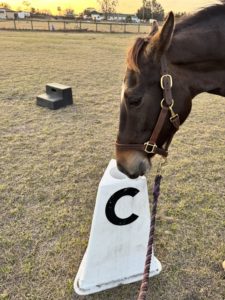
I’m not going to show my horse, so why should I care about, or practice dressage with my horse?
Here are three great reasons why you might consider dabbling a little in driven dressage:
- Improved communication with your horse
- Focus on areas of improvement
- Your horse’s longevity
What is Driven Dressage?
Dressage is basically a systematic set of exercise for horses. The rider or driver can use those exercises to focus on how they communicate with the horse, and how the horse moves. As the communication between horse and driver improves, so does the quality of movement from the horse.
The Benefits of Driven Dressage
“Quality” of movement goes far beyond “Isn’t my horse’s trot pretty?” We’ve all heard the expression “Pretty is, as pretty does.” In this case, “pretty” usually equals symmetrical movement of the horse’s limbs. In other words, the horse is using the left side, and right side of their body equally. It also can lead to greater range of motion, and more flexibility for the horse.
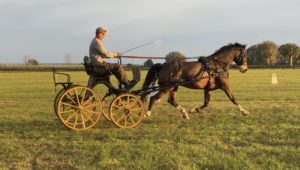
More Than Endless Circles
Practicing driven dressage isn’t all about making that “perfect circle.” It’s more about focusing on what you are doing and where you are going with your horse, aka “Place and Pace.” Instead of wandering aimlessly around the arena, dressage exercises help give you focus when going out to the field or ring to drive.
F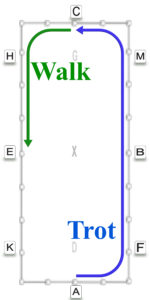
Choose a fixed location in the arena (place) where you want your horse to transition from the trot to the walk (pace.) Then choose the place where you’ll return to the trot, and repeat the exercise. You can even build in a change of direction to be sure that you are developing the skill evenly in each direction.
Improved Communication
As you work through this simple exercise, your horse will begin to understand that at a specific point in the arena, you’ll be asking for a walk (expectation.) Your horse will then begin to recognize the preparations you’ve made before asking for the walk.
Bam! (Preparation + Expectation = Execution) = Communication
Improved Balance
Since the horse can anticipate that you’ll be asking for a walk at C, he can prepare his body to make that transition without tripping or stumbling into the walk. Without really thinking about “balance,” your horse will begin to use his legs more symmetrically as he prepares, and transitions from the trot to the walk.
It may be just a brief moment, but you have just taught your horse how to carry himself with better balance! A freebie benefit is that your horse needs to engage his core, and slightly shift his weight toward his hind quarters to make all of that happen. That means your horse is using more of his body to do his work, which leads to greater flexibility and longevity.
WOW! All of that from a simple trot-walk exercise!
So you see, dressage isn’t something that’s reserved for top-level competitors to get all dressed up to show their horses off. Dressage helps give you direction and focus when you’re working your horse. It can help both you and your horse communicate better through clearer expectations. Most importantly, your horse will benefit from better use of his body, making his work easier and more comfortable. With that, you and your horse can enjoy driving for a substantially greater part of his lifetime with you!
Want to learn more?
Check out these lesson plans and articles!
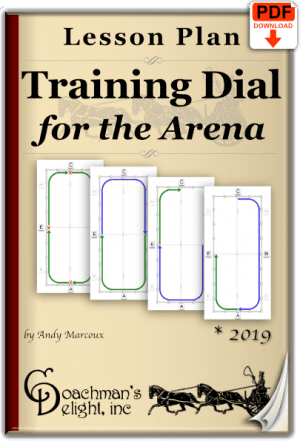
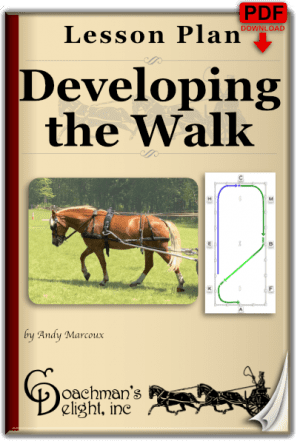
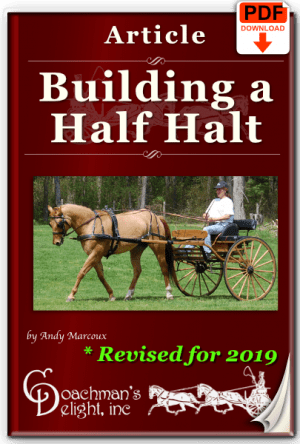


Happy to see a new post! Great info.